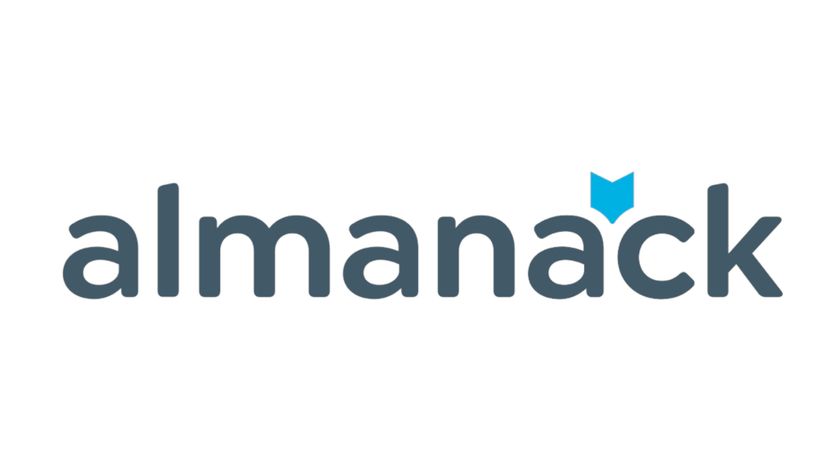Leveraging Technology to Support Lesson Creation and Instruction
Intentional use of technology is important to ensure that we do not get lost in the options and lose focus on why we are incorporating it in the first place

The ubiquitous nature of technology means that it’s always around us. In our work as educators, we use technology to support efficiency with rudimentary tasks, for organizing our calendars and agendas, and to store our lessons, textbooks, and student information.
A key idea in Dr. Ruben Puentedura’s SAMR model is being purposeful in how technology is used within teaching and learning. With so much edtech available, it is sometimes challenging to choose when, where, why, and what should be used to advance learning outcomes.
One strategy is to break down the purpose of technology use, honing in on using it to complete specific teaching and learning activities.
As part of a three-article series, in this first one I will discuss using technology to support lesson creation and instruction. Subsequent articles will focus on using technology to support engaging students in learning and assessing learning.
Technology for Lesson Creation
Many components have to be put together before any lesson can be facilitated. Even if your school district requires you to use a certain curriculum with associated content, how you approach your plans for teaching those lessons may vary.
First, decide where you will house all of your learning materials. Google Drive is a good option and has apps included for word processing-type documents (Google Docs), Surveys and Questionnaires (Google Forms), and Slideshows (Google Slides), among additional add-ons and extensions such as Slido. Other robust options for curating content are also available, such as Wakelet or Padlet.
While storyboarding is popular when creating movies, it can be a helpful instructional design tool in planning lessons, particularly when including technology. These elearning storyboard templates may be useful.
Tech & Learning Newsletter
Tools and ideas to transform education. Sign up below.
As you gather content to either build or supplement your lesson, the use of open educational resources (OER) will ensure that you appropriately use copyrighted materials and provide attribution to the author. These are digital citizen skills that can be modeled for students as well. The Open Educational Resources Commons offers free and open resources across all subjects and discipline areas that you can pull from and add to your lessons. Similarly, Creative Commons may be a helpful resource as you plan your lessons.
Technology for Lesson Instruction
Once you have used technology tools to plan, organize, and curate your lesson materials, you can try additional digital platforms to facilitate instruction.
Animation is an exciting option to use to present concepts and content, especially new content that may be difficult to understand. Using animation tools that can break down your instruction in easily understandable chucks may keep students’ interest. Powtoon and Animaker have free options with which you can tinker. Animated videos could be used to open the lesson, as icebreakers, and/or embedded into a larger instructional presentation. Students even may be impressed to see that their teacher has created a multimedia animated video!
You can also present content within a learning instruction platform such as Nearpod or Seesaw, or create interactive slides to show in-class or virtual. Many multimedia slide options are available, such as Google Slides or Canva, that are easy to use, have free options, and templates to get started. To make the presentation of the content attractive and interesting, include a variety of images, videos, and text. These presentation slideshows can be used in live lessons and/or in recorded full or mini-lessons.
Intentional use of technology is important to ensure that we do not get lost in the options and lose focus on why we are incorporating it in the first place in our classrooms. As you use technology to plan, create, and facilitate amazing lessons, consider how it functions and how using those tools can contribute to you meeting your instructional goals and students meeting learning outcomes.
Dr. Stephanie Smith Budhai is faculty member in the College of Education and Human Development at the University of Delaware, focusing on Educational Technology, Learning Design, and Justice-centered Pedagogies. She holds two national education technology leadership positions on the Information Technology Council and as Chair of the Culture and Climate Committee for the Society for Information Technology and Teacher Education (SITE). She holds a Ph.D. in Learning Technologies, and a M.S. in Information with a specialization in Library and Information Science, and K-12 teaching certifications in Technology Education, Instructional Technology and Business, Computers, Information Technology, Special Education and Elementary Education. Dr. Smith Budhai is the 2021 SITE Emerging Leader and the 2017 ISTE Awardee for Excellence in Teacher Education. She is also a Nearpod, and VoiceThread Certified Educator. Dr. Smith Budhai has more than a decade of online teaching experience, and has published myriad books (two have been translated into Arabic), articles, and invited editorials surrounding the use of technology and online learning in education. A few of her book publications include:
- Leveraging Digital Tools to Assess Student Learning
- Increasing Engagement in Online Learning: Quick Reference Guide
- Teaching the 4Cs with Technology
- Best Practices in Engaging Online Learners through Active and Experiential Learning Strategies
- Nurturing Young Innovators: Cultivating Creativity in the Classroom, Home and Community











